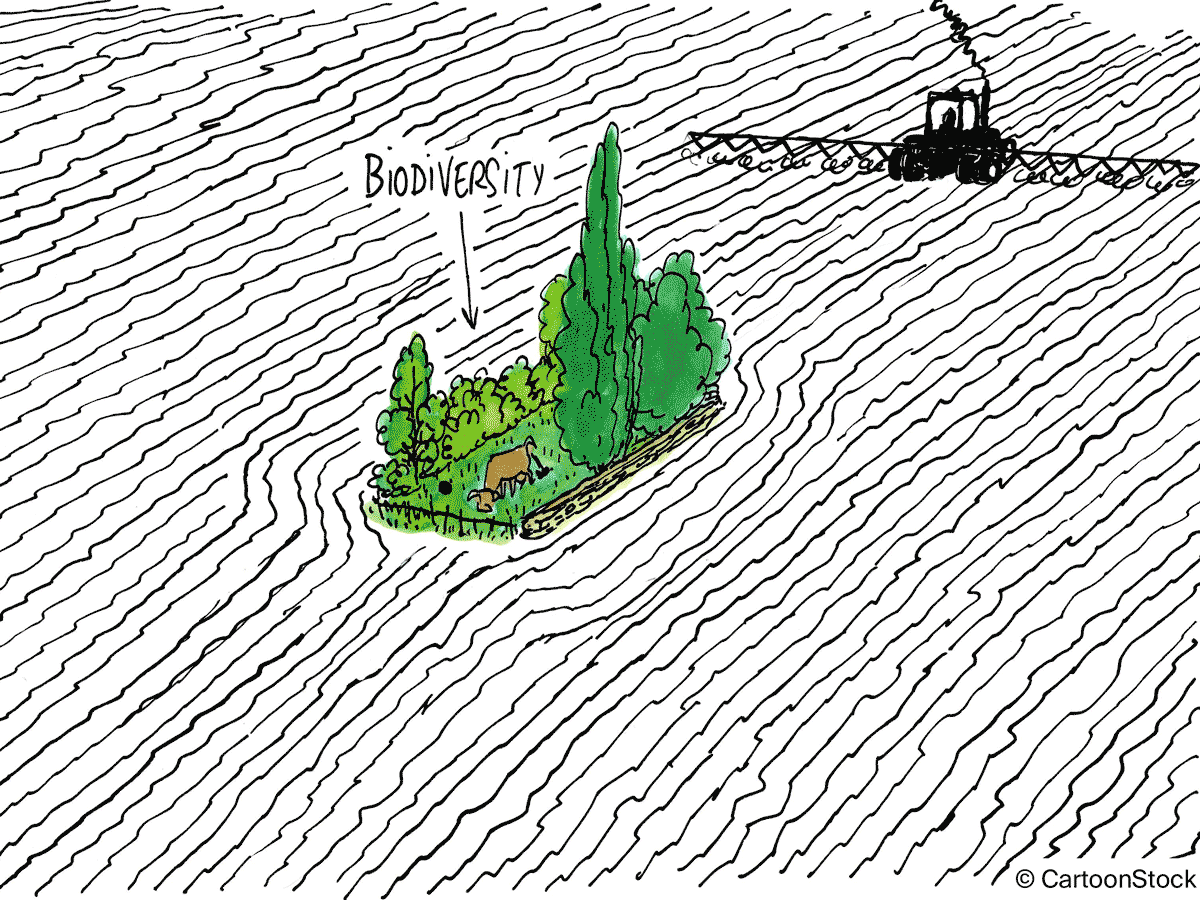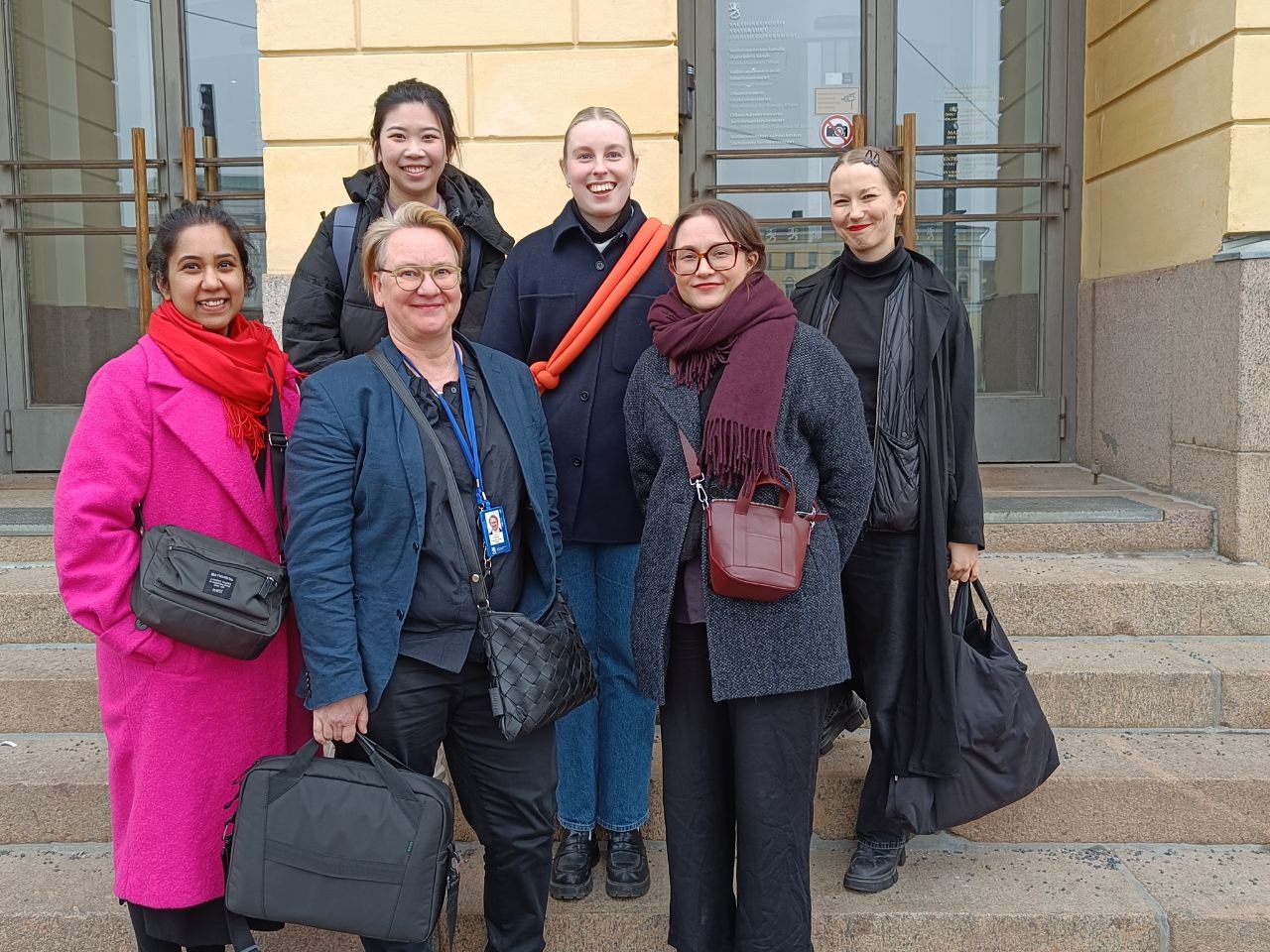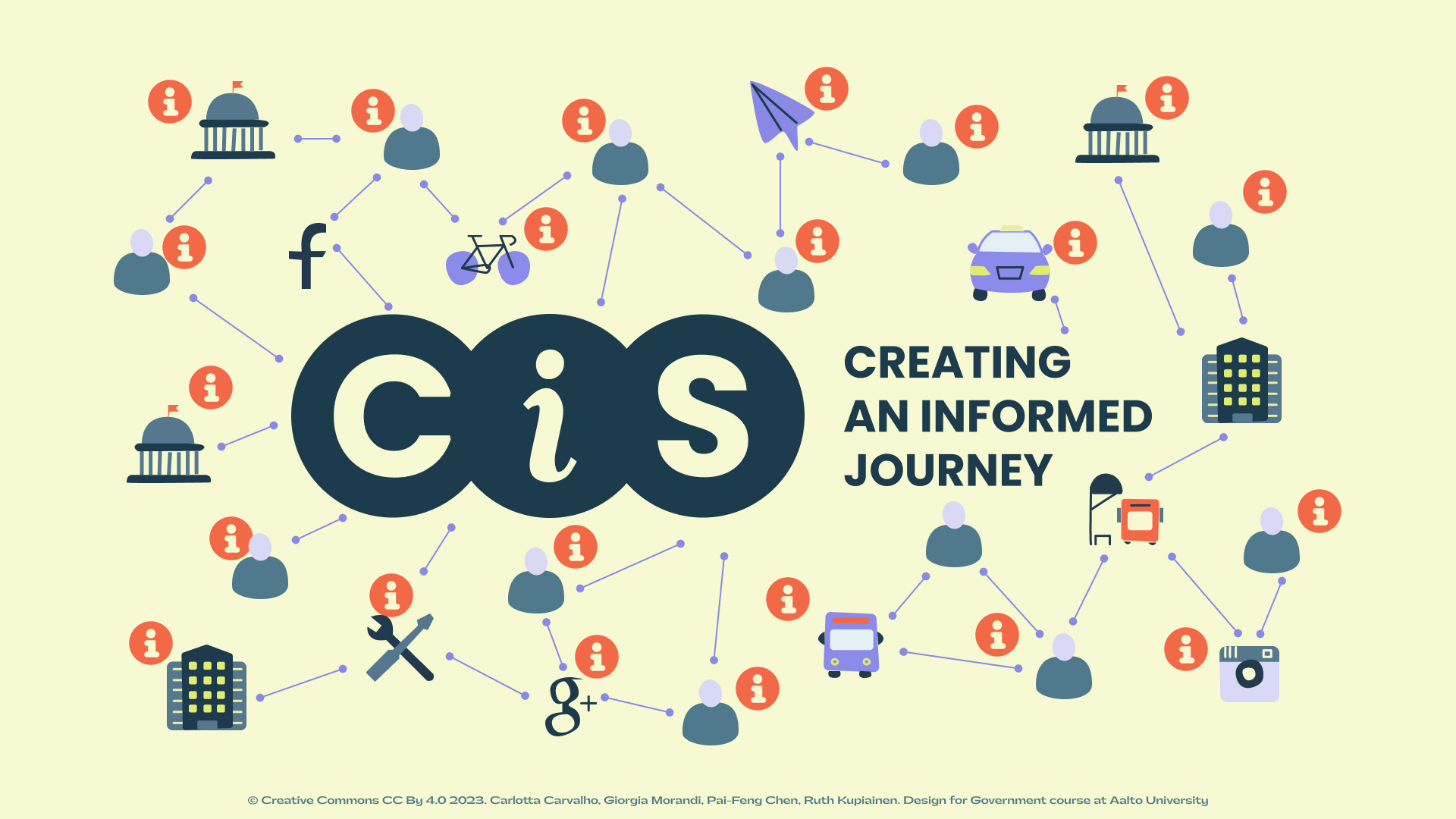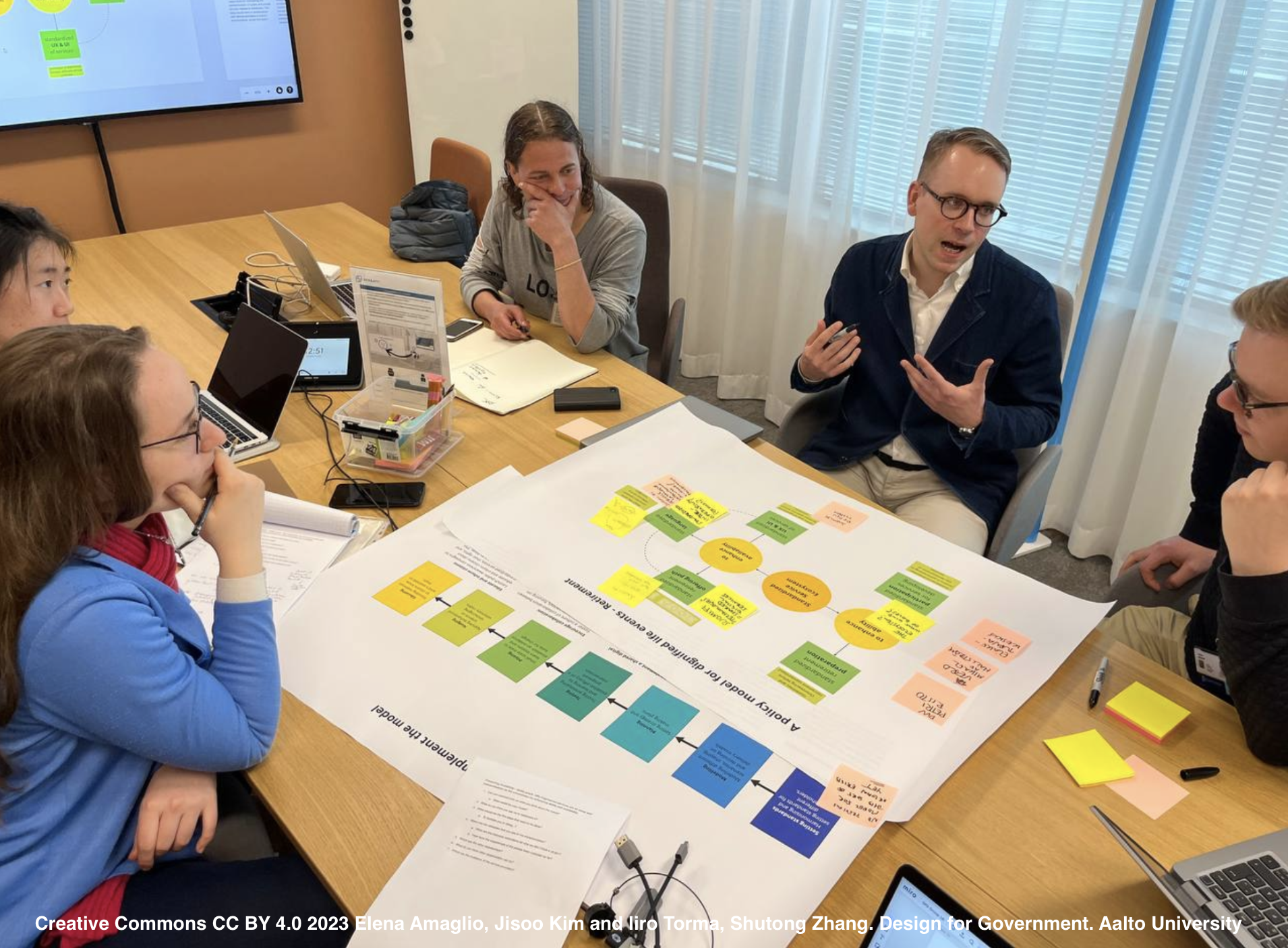Exploring the Vertical Ecosystem
The working title of our project is “Exploring the Vertical Ecosystem”. Just like an ecosystem, we see the different agencies and research institutes affiliated to The Ministry of Environment as entagled and interconnected, feeding off of and into each other. At this point in our project we have concluded our research phase, taking a keen interest in the human perspective of the system.










